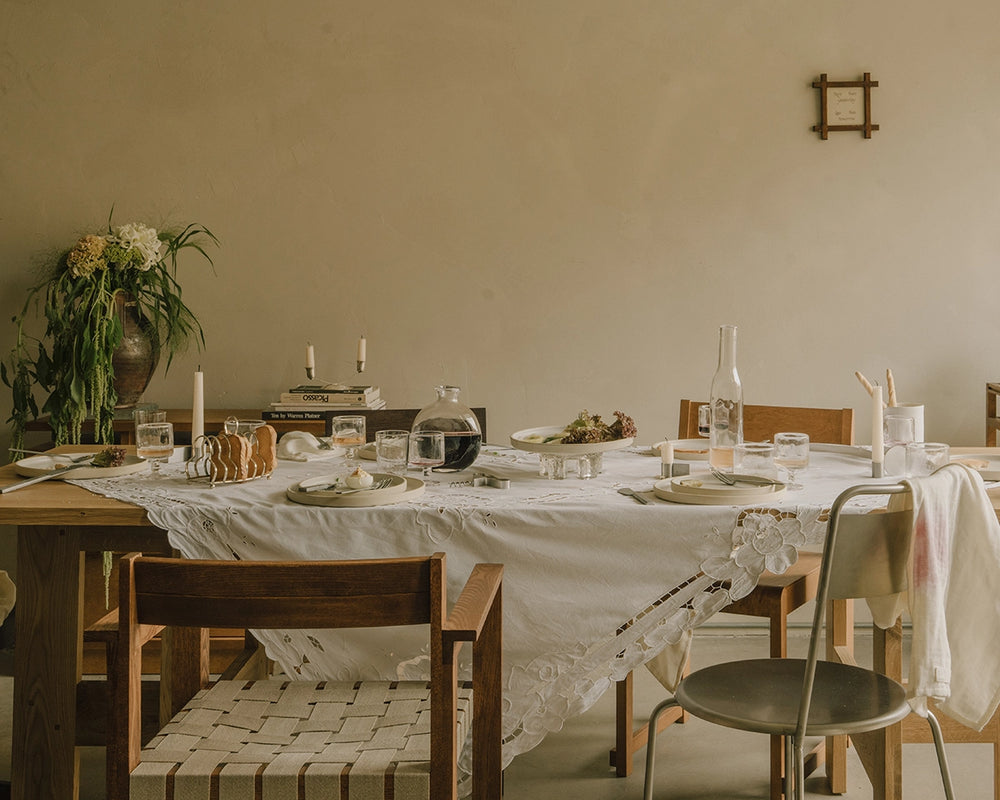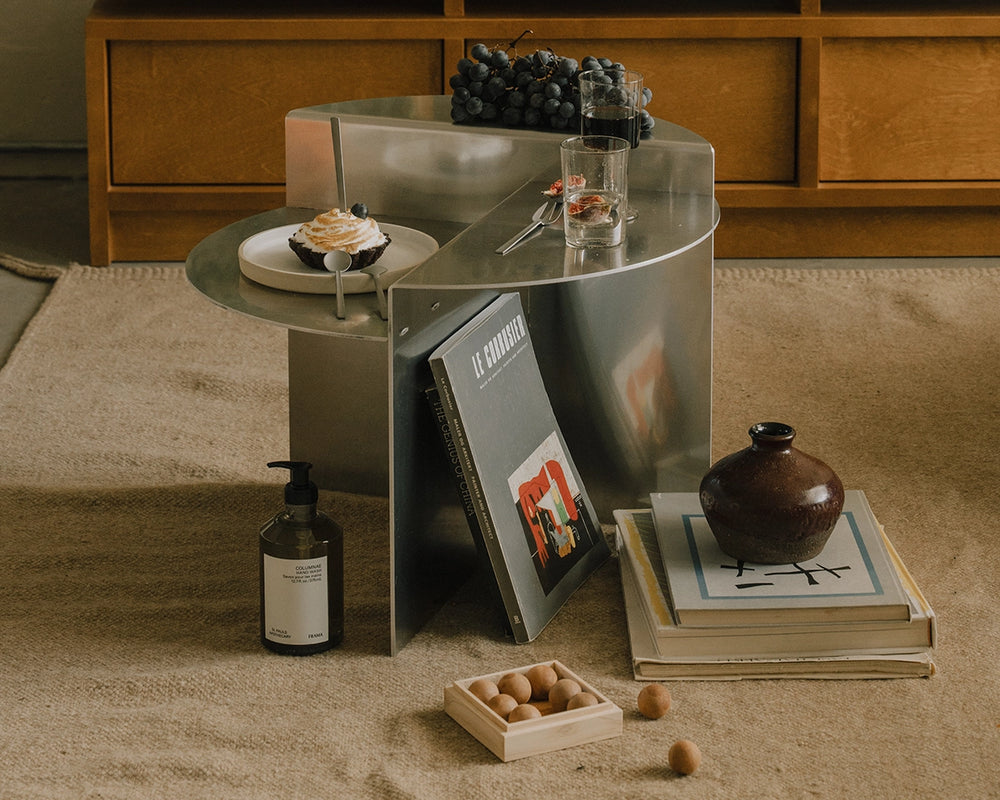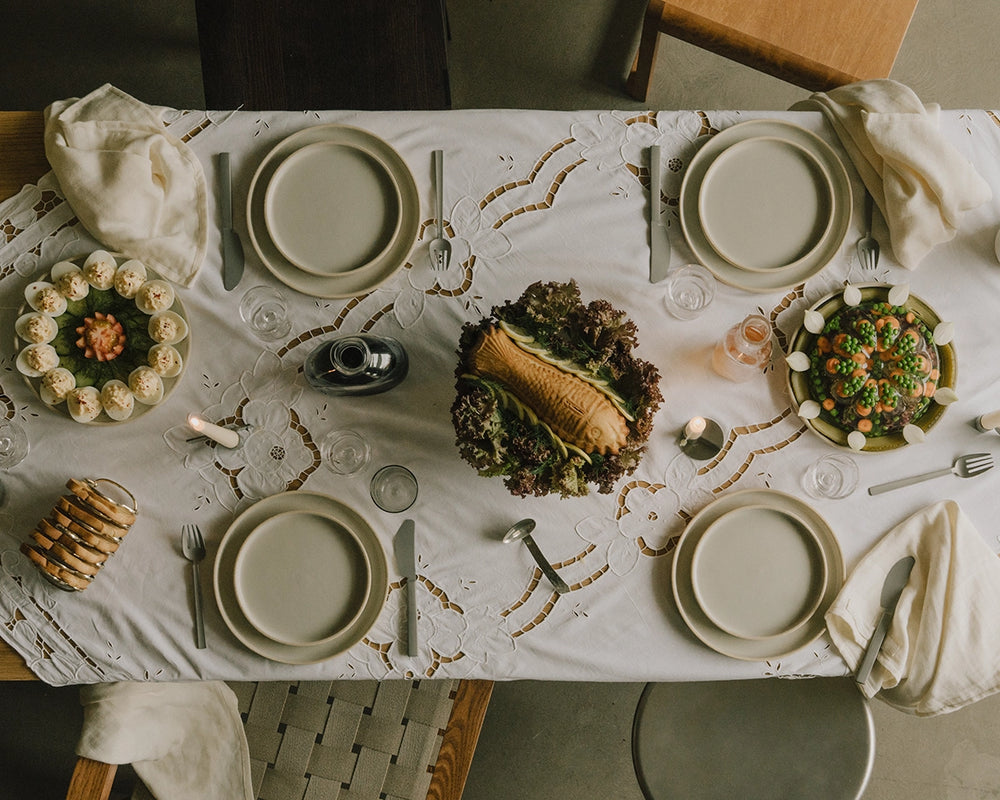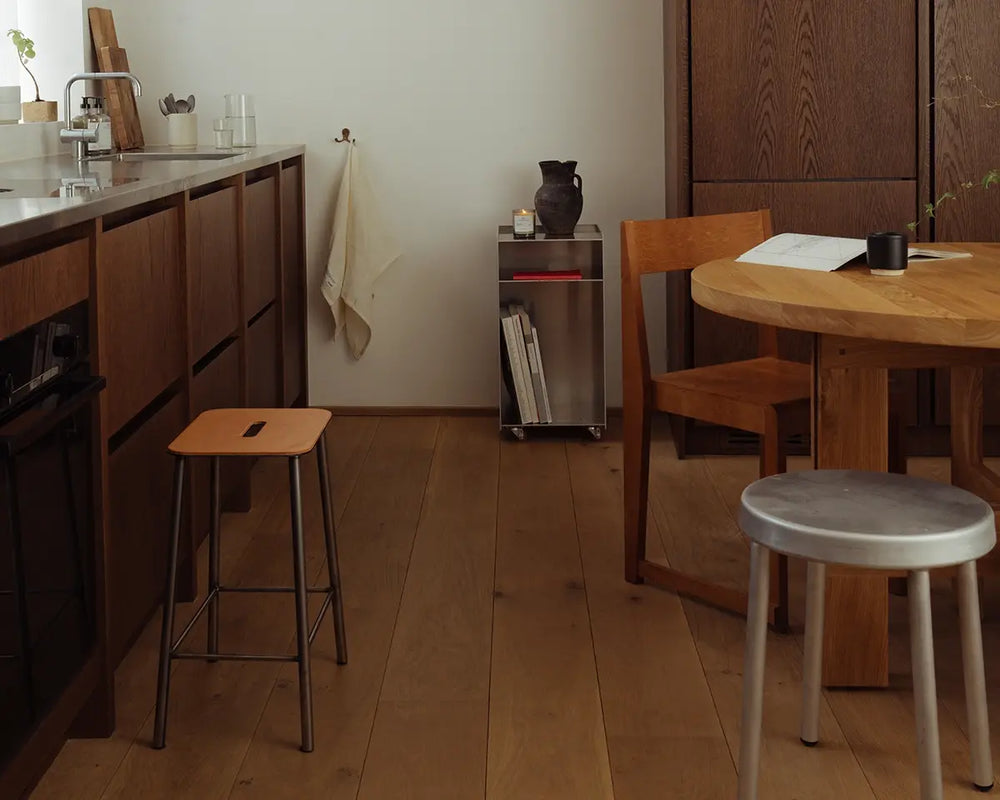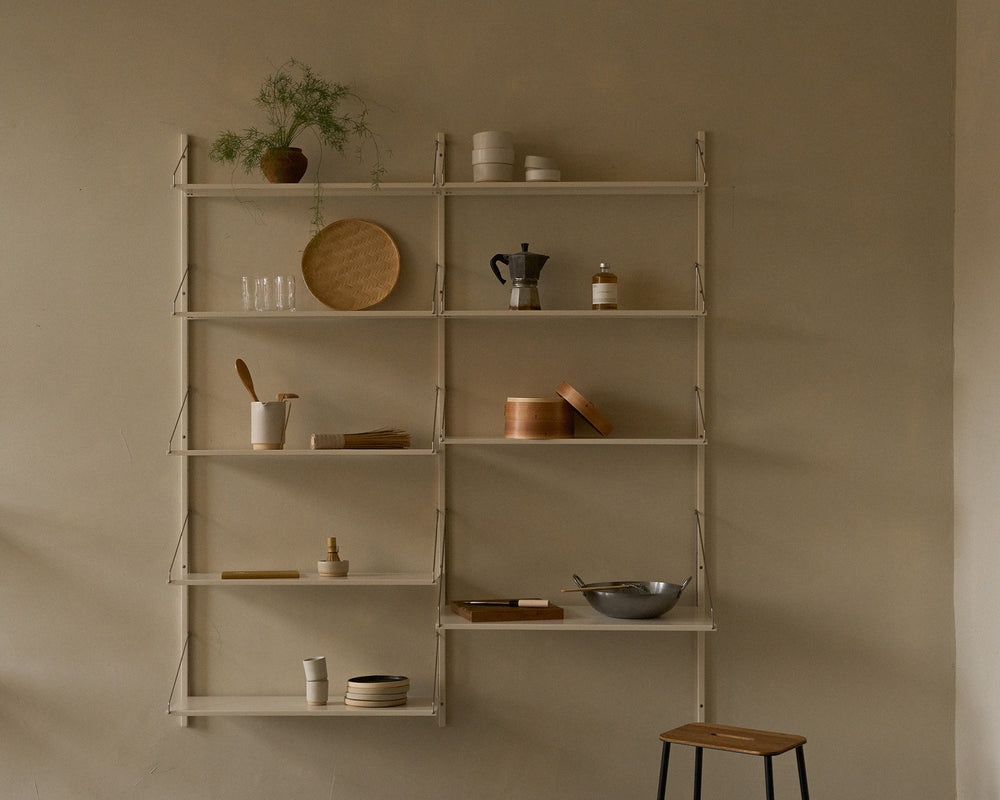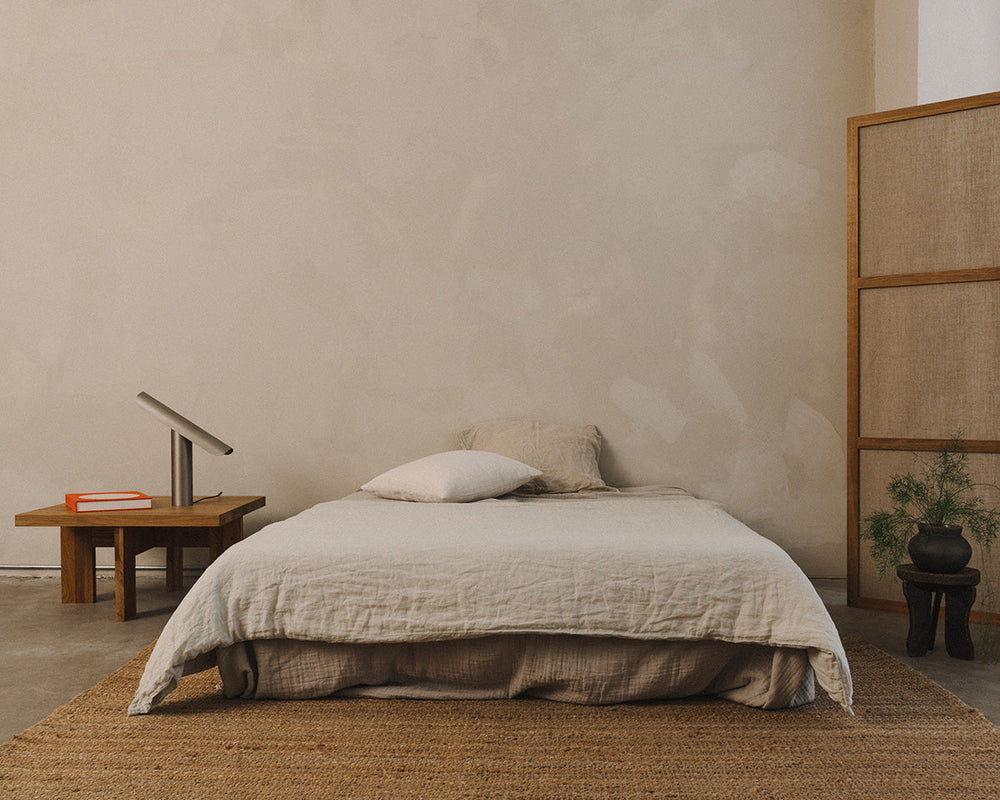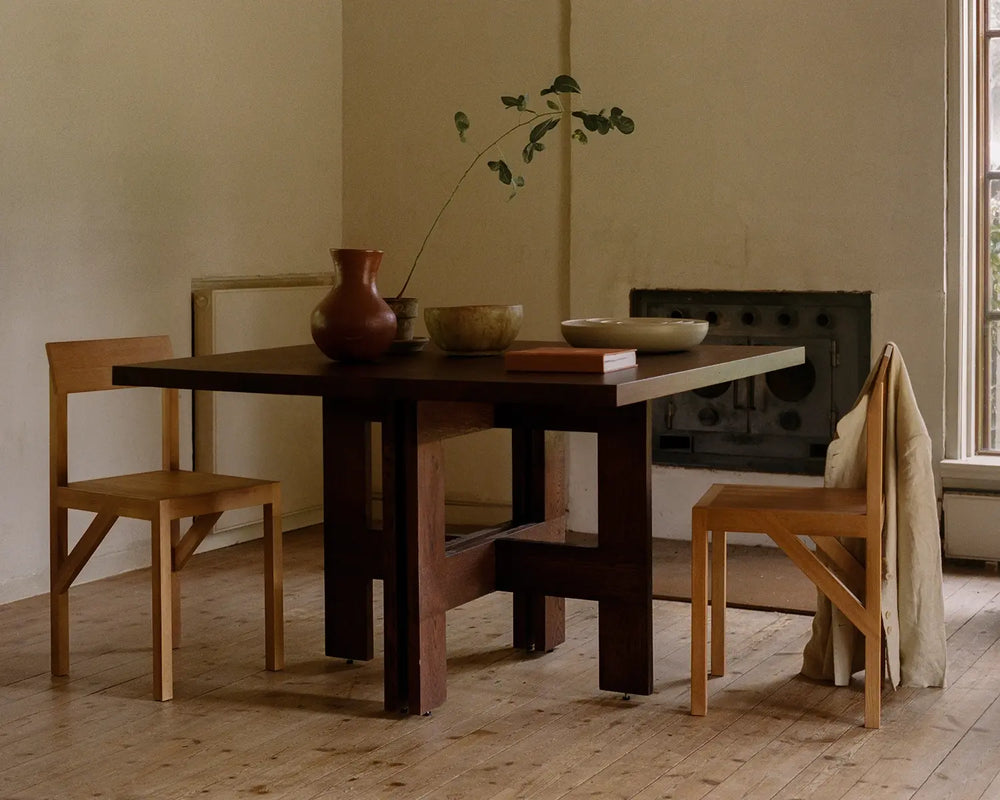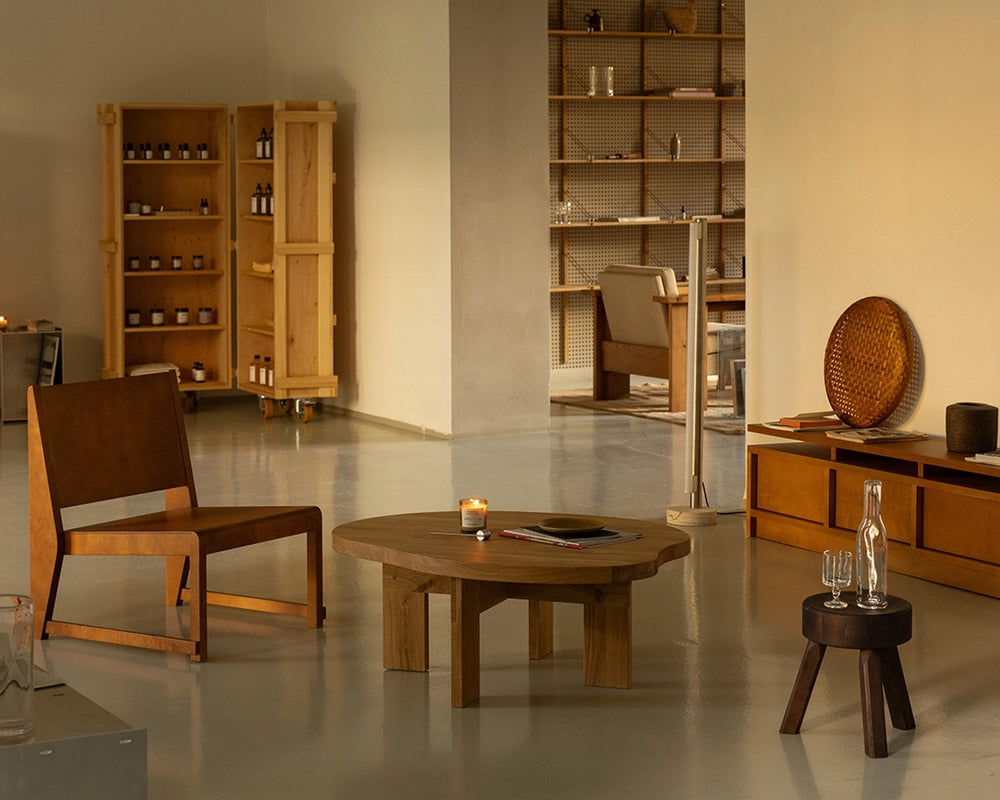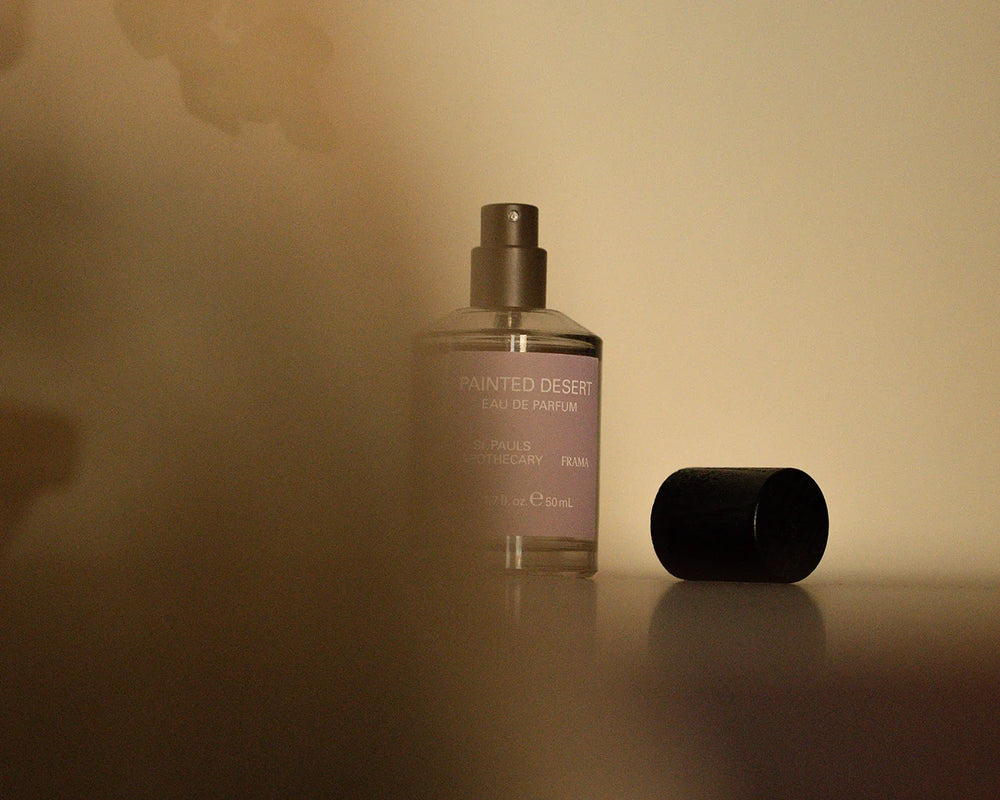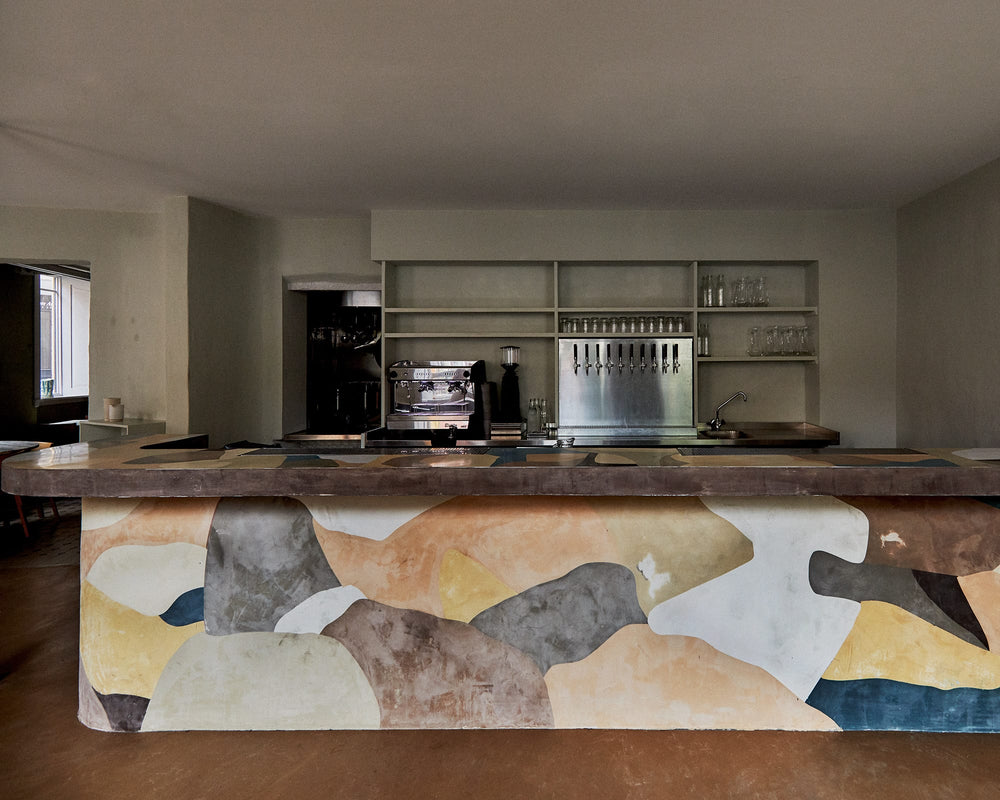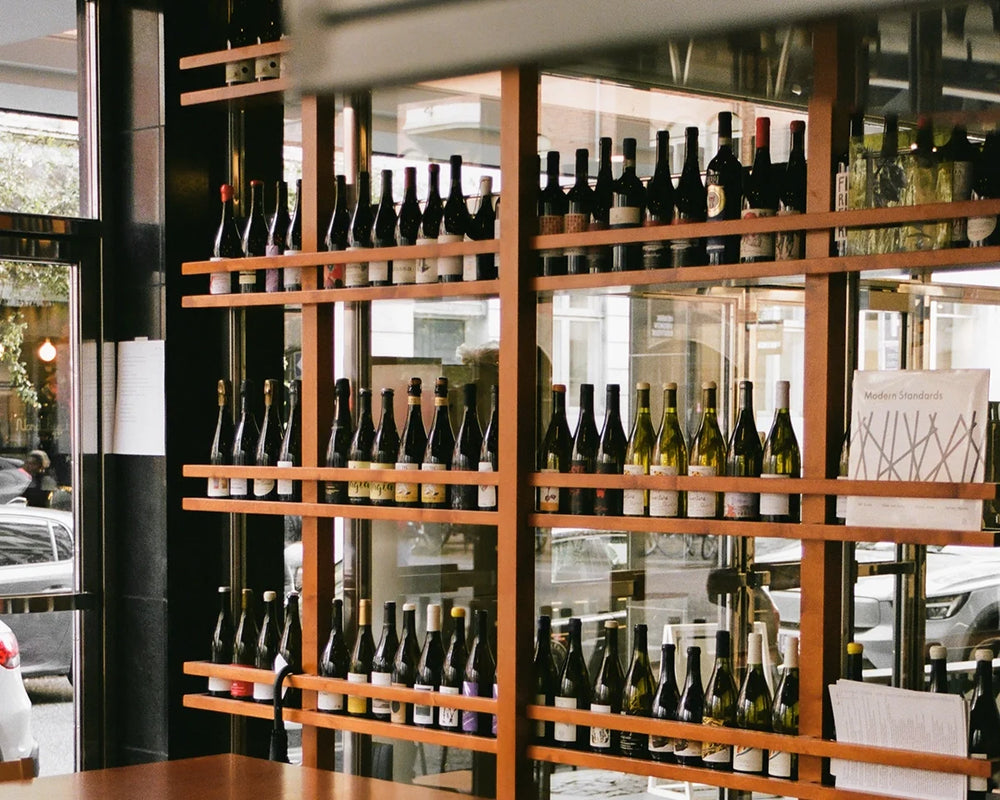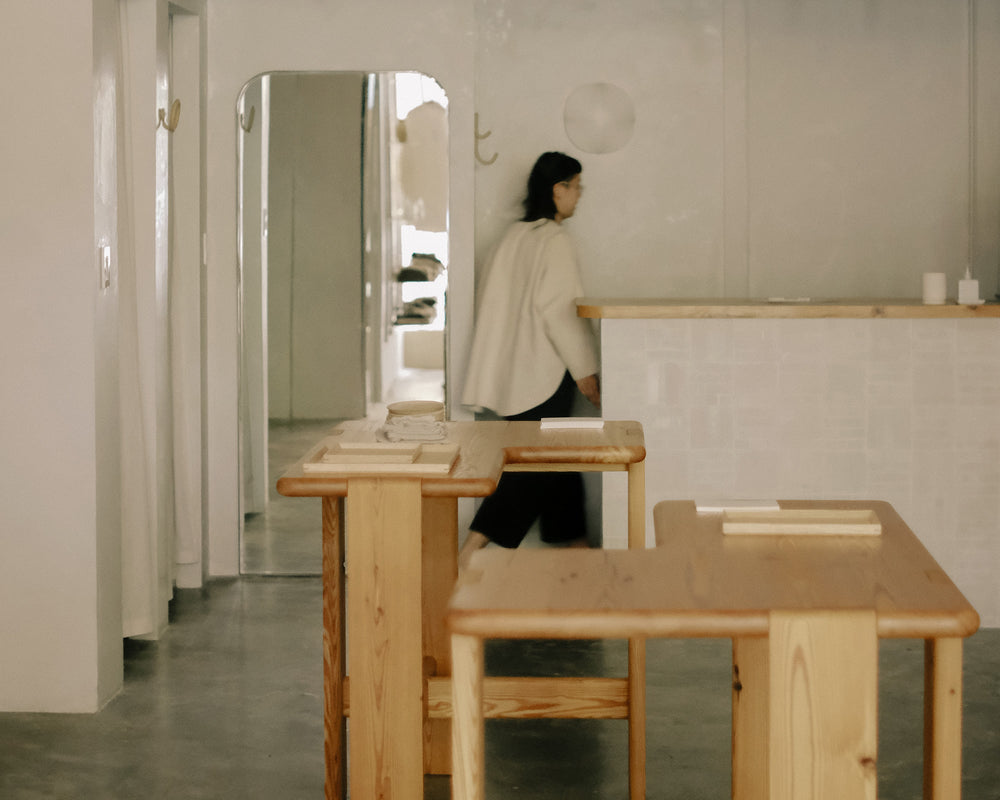

STRUCTURES OF LIVING
On the occasion of Copenhagen Design Week, join us for an exploration of modular dwelling at FRAMA’s spaces from June 16 to 22.
June 16-21: 9AM-6PM
June 22: 9AM-4PM
June 16-21: 9AM-6PM
June 22: 9AM-4PM
We all aspire to a life of great dimension (or, we should): of a layered, multi-hyphenate, personalized existence. This is true wealth; this is self-actualization. And, this is STRUCTURES OF LIVING: an exploration of modular dwelling through a system that integrates key areas of life – sleeping, relaxing, entertainment, dining, and working.
In spirit, these are interconnected things. And by collapsing them in practice, FRAMA expands its universe – in the vein of Bruno Munari, Buckminster Fuller, Andrea Zittel, Absalon and others – shrinking distances, pairing functionalities, and daring to believe that All The Best Things Come In Compact Packages.
In spirit, these are interconnected things. And by collapsing them in practice, FRAMA expands its universe – in the vein of Bruno Munari, Buckminster Fuller, Andrea Zittel, Absalon and others – shrinking distances, pairing functionalities, and daring to believe that All The Best Things Come In Compact Packages.

“Heidegger argued that dwelling is a fundamental aspect of human existence, a way of being that involves a relationship with place, nature, and other beings. It's not just about having a house, but about how humans relate to their environment and find meaning in their surroundings.”
– Niels Strøyer Christophersen, Founder, FRAMA
– Niels Strøyer Christophersen, Founder, FRAMA

Join us at the FRAMA spaces for an open-air celebration of STRUCTURES OF LIVING. Our annual tradition, this year with drinks by LOVER and uplifting music to set the scene. Ensure your spot at the event by RSVPing below.
June 19, 4-7PM
Fredericiagade 57, 1310 Copenhagen
June 19, 4-7PM
Fredericiagade 57, 1310 Copenhagen
OPEN CELEBRATION


ESSAY BY FOR SCALE
To mark STRUCTURES OF LIVING, FRAMA has commissioned an essay in print form by FOR SCALE, written in dialogue with the themes explored throughout FRAMA spaces over the course of the week. Intended to expand the discussion surrounding these ideas beyond the walls of the exhibition, the essay introduces a new voice and format to the concepts in question. As the essay asks: is that not an ultimate ideal?
It is simply and undeniably too dull to imagine “furniture” as just things arranged on a floor. It is, ironically, a particular INFLICTION OF THE HOMESPHERE, where despite it (potentially) being a realm of ultimate do-want-you-wantness, of could-be-unbridled (but still functional!) self expression, we still seem to stick to the same gnarly rules. We select a Home, and we think about the square footage of its floor, and arrange things as such — thinking first, always, of the floor. And perhaps we crawl up the walls for ART or, if you have some real flair, A SCONCE. So far are we from Isamu Noguchi’s little dream of obliterating “FURNITURE” altogether.
WHY, OH, WHY do we seem so less experimental in our inhabitation Home than elsewhere? Is “floor” the most compelling plane of domestic existence? A chair sits on FLOOR, maybe buffered by a rug; and so does a table, and so does a bed, and so on, and so on. Maybe a lamp hangs, but rarely anything else. And does anything really PROTRUDE? No; really super rarely. And why not? Maybe those nerdy décor intellectuals are right to be obsessed with “VOLUMES”.
THE ULTRA-VISIONARIES CERTAINLY HAVE NOT bound themselves to TRADITION (visionaries never do, we’re sure you know!). And to them, FRAMA has keenly been listening. Knock the FLOOR down a peg, for example: instead, look AROUND YOU. And “around” = LEFT, RIGHT, UP, DOWN. Through this action, you will understand why, in décorworld, rooms are not referred to as “FLOORS”. “Room” = SPACE to OCCUPY = VOLUME to FILL.
Take instead BRUNO MUNARI, who placed a room into fresh verticality through a sort of compact scaffolding situation (1970s; named “ABITACOLO” i.e. PASSENGER COMPARTMENT, roughly-speaking and a curious choice, no?). And NEW YORK CITY’s STUDIO MORSA also did a version (“THE LOFT BED”; 1970s). (Studio Morsa = really underrated!!! Their “BROADWAY LOFT” project? Exceptional; drapey.) These are a half-century old. But, IDEAS-WISE, such sexy ALTERNATIVE reconfigurations are not lost to time, dear reader. They still are alive and very well. They are ancient just as they are “COMING ATTRACTIONS”.
The zenith, we feel, of “SPACE” and “VOLUME” – in domesticity, at least – is actually when the homescape is TEENSY, or at least Very Small. Because that is when wit really comes into play. Take for example: ANDREA ZITTEL (A–Z WEST); ABSALON (and his CELL series); BUCKMINSTER FULLER (and his first geodesics, his Black Mountain College teaching project!); et cetera. These are Alternatives that give us SOME PERSONALITY. Google them.
Yet, we have become so jaded by the phrase “alternative living” – do we hear that and think “Yes, please!” No – or, rather, Not Yet. For now, to self-realize as an “Alternative” is lonesome, and peripheral. When in fact it simply suggests one DOES AS THEY WISH. And is that not an ultimate ideal?
Words by FOR SCALE


Alongside STRUCTURES OF LIVING, FRAMA has created three limited releases—a multipurpose aluminum wall rack which served as a conceptual starting point for the exhibition, a t-shirt, and an essay by FOR SCALE, written for the occasion. Limited quantities will be made available in the FRAMA Studio Store in Copenhagen and on framacph.com.
LIMITED RELEASES
The exhibition will also see new furniture launches across three families: The Petit Rond, Symmetry, and Ratio Series. From seating to mirrors and storage, each complementary launch is grounded in architectural practice. See them incorporated throughout FRAMA’s live-work spaces, extending from the Studio Store to the newly opened 57a Apartment next door, and live on framacph.com as of June 19.
FRAMA CARE
With the introduction of a new shop-in-shop concept, the FRAMA Care Collection enters a new chapter—one that unites sensorial rituals with spatial clarity. This evolving visual language reimagines how care is encountered: not as a category, but as an atmosphere that draws from the collection’s foundational ethos. Designed to reflect the architecture of wellbeing.
